Let’s get started and explore the ever-fruitful world of strawberry plants, green thumbs, and berry lovers! These little gorgeous plants offer a lot – up to three times a year instead of just one or two. You are right; during the growing season, you can enjoy the sweet juicy fruits of your labor thanks to the continuously bearing strawberries.
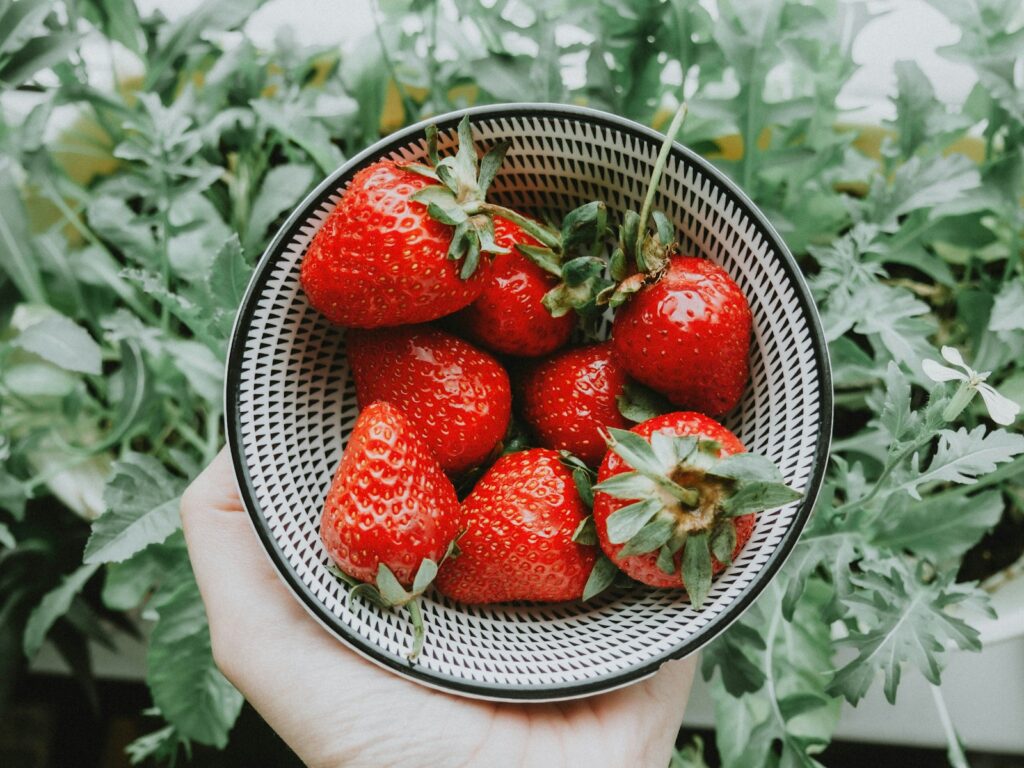
Unlike their June living cousins, perennial strawberry varieties are the marathoners of the strawberry world. They grow slowly and deliver a tasty harvest in late spring, summer, or early fall, sometimes even a second round.
The everbearing strawberry plant is beauty itself, with its luscious green leaves and pure white blooms that presage future pleasures. The strawberries themselves are a bright, glossy red, adorned with tiny yellow seeds, and pack a punch in flavor with their juicy sweetness. These plants are generally compact, standing about eight to 12 inches tall and spreading one to two inches wide—just right for the space-challenged gardener.
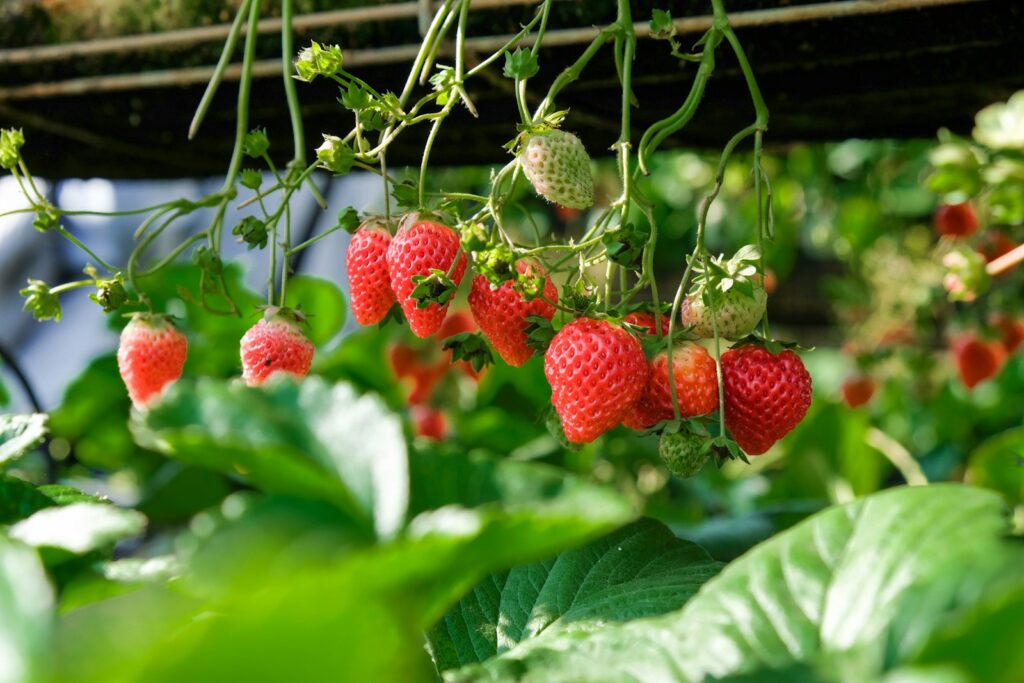
Sunlight and Soil: Setting the Stage for Success
Before you go out in your garden center and buy your everbearing strawberry plants, let’s talk about what they need before they will be compliant. Strawberries are sun worshipers, needing at least six hours of full sun each day. Choose a good location in your yard or on your deck that is well-bathed with sunlight. On the issue of soil, think rich and well-drained, preferably with a pH of 5.5-6.5. It is going to make all the difference since it is ultimately the quality of your soil that makes or ruins your crop of strawberries.
Fertilizer is The Secret Sauce for A Bountiful Harvest
In the plant world, everbearing strawberries are a lot like athletes. The diet must be heavy on steady nutrient input for them. Because it has the right amount of nitrogen, phosphorus, and potassium to assist it in blooming and bearing, a balanced 10-10-10 fertilizer is all you will need. Just keep up with the recommended feeding schedule for that, and all sins will be forgiven.
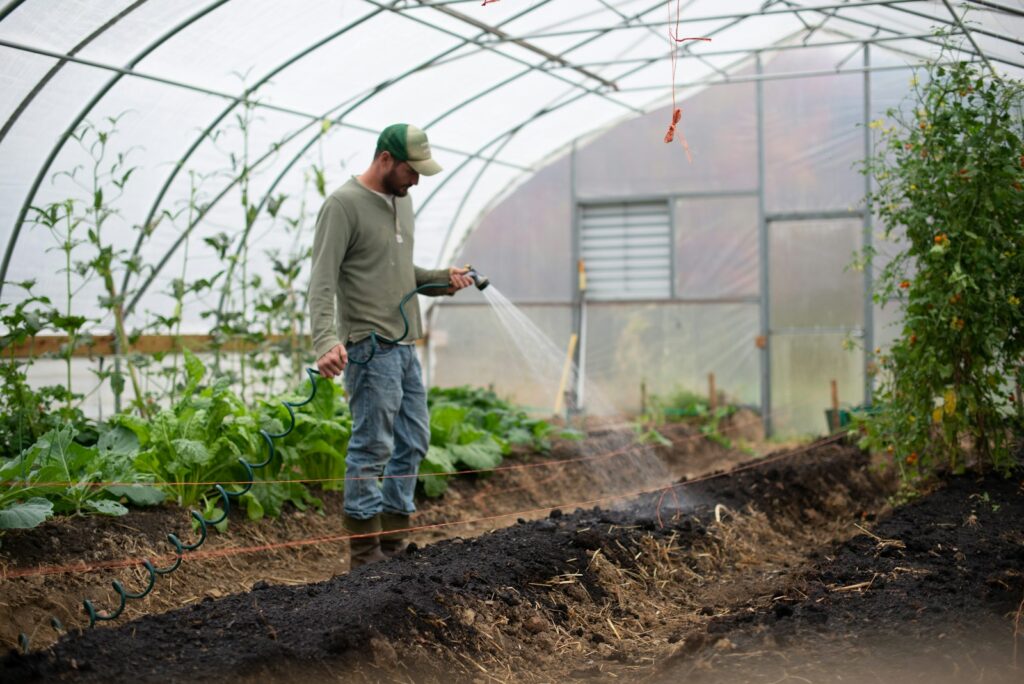
Watering Is Another Crucial Piece of The Puzzle
These plants like to be well-watered but not soaked. It should have an inch or two of water a week during growing time. Drip irrigation or soaker hose will allow the fruit part to be dry and not rot. You should water your strawberries early in the day to help the sun evaporate additional moisture for you.
Best Growing Conditions: Where to Raise These Delights
Where to raise these ever-bearing delights? Hardiness zones 4–9 are where it’s at. Meaning most areas of the United States will be able to host these plants; some gross exceptions would involve areas with extreme temperatures.
Knowing how to plant and care for your everbearing strawberry plants is next in line: the down-and-dirty part of the process. We’ll cover everything from the process of planting to those more minute details, like heading off some of those more annoying pests and diseases. We will have you well on your way to growing the most enviable berries on the block. Ready to grow some berries?
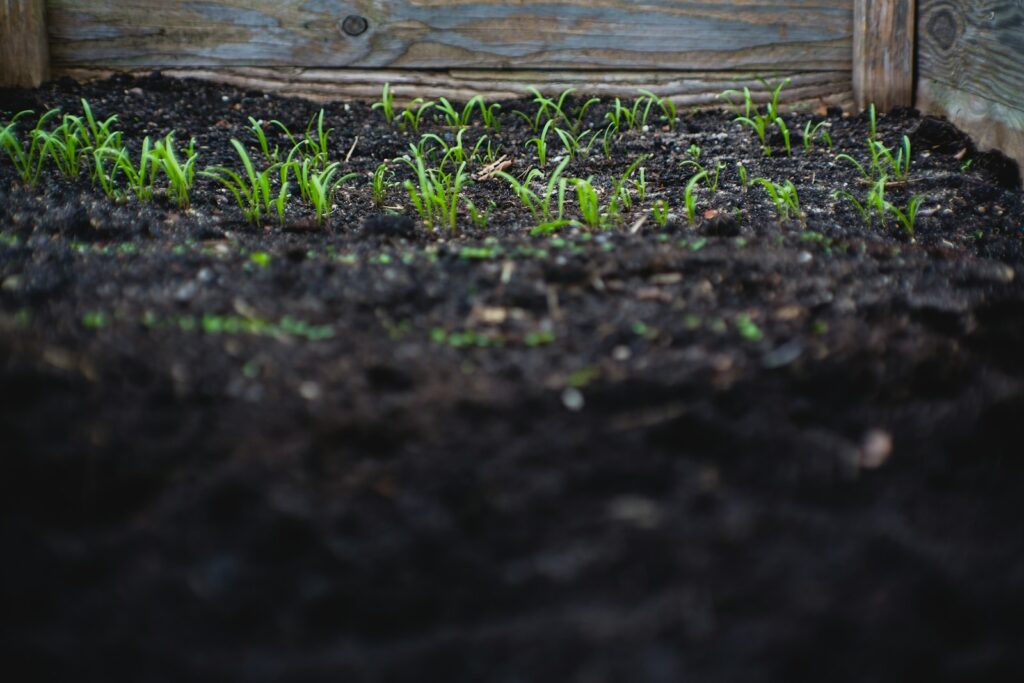
Planting the Right Way
Now that we have shared some of the basics about everbearing strawberry plants, let’s roll up our sleeves and get into the nitty-gritty details of planting and caring for these fruitful treasures. With a small amount of know-how and a lot of elbow grease, you can cultivate a strawberry patch that will make every neighbor admirable.
This is in some ways comparable to setting up a stage for a performance that shall not be over until Frost steps in.
Plant your everbearing strawberries in early spring, just when the ground has thawed and is no longer too wet. You will have to stay out of muddy conditions, so take a handful of soil and crush it and if it breaks apart well then you can start. If it clumps, wait another few days to allow it to dry.
When you are ready to plant, dig a hole for each plant that is six inches wide by six inches deep. These shallow-rooted beauties don’t need a deep foundation, but they have room to spread out. Add a balanced 10-10-10 fertilizer at the rate of one pound per 100 square feet, in combination with three inches of compost to provide your plants with a nutrient-rich jump-start. Following that, make a small mound of soil in the middle of the hole.
The Crown Placement: A Key Detail
It gets a little tricky here, but let’s stick with this. Place the plant in the middle of the hole with a crown at soil level and roots spread out over the mound. This guarantees that the crown, which is the piece of the plant where the leaves and roots meet, isn’t covered excessively profound or allowed to remain uncovered. Fill in the dirt around the plant and give it a decent watering. Mulching with straw is a shrewd move to keep the weeds under control and keep up with dampness.
Spacing is Key When Planting Multiple Everbearing Strawberry Plants
Space them about 12 inches apart to give them room to do their thing. If you’re short on space or prefer container gardening, ever-growing strawberries are happy to help. Remember to use a plant and compost mix and treat them with the same TLC as you would any berries planted in the ground.
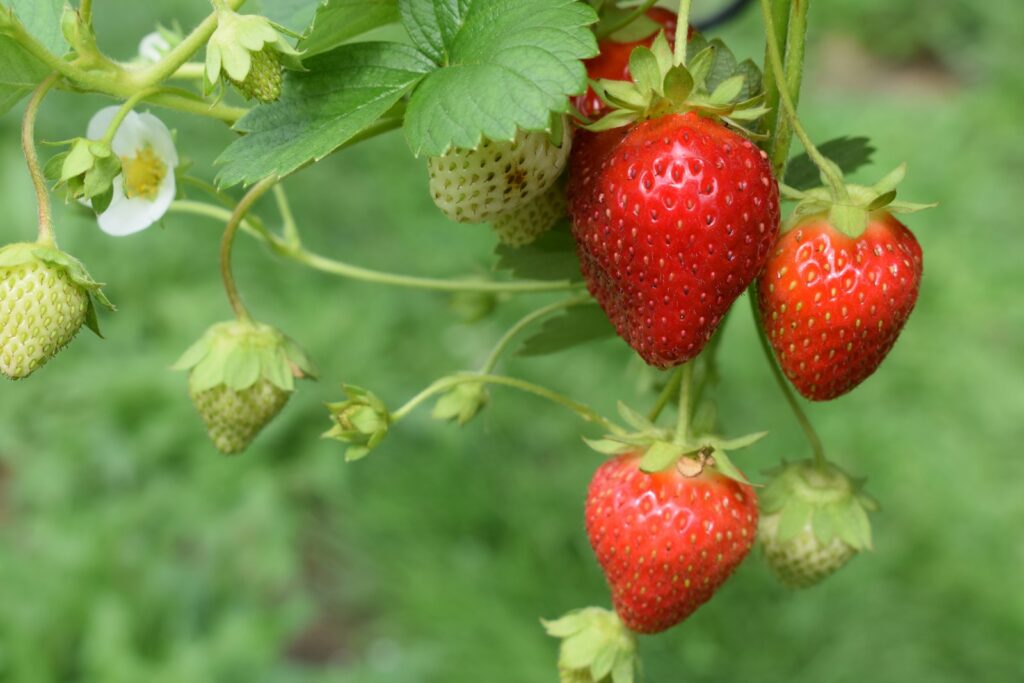
Long-Term Care for a Sweet Harvest
Everbearing strawberries are your sweet, investment strawberries. Filled to the brim. You can have multiple harvests from late spring through early fall if properly installed and maintained. They hibernate when the cold months roll in to come back strong in early spring. These plants can bear fruit for up to four or five years, but it is wise to refresh the patch with new plants every few years if you want to maintain the yield.
Related posts:
How to Grow Everbearing Strawberry Plants
Bearing Strawberries
Different Types of Strawberry Plants | Best Varietals



